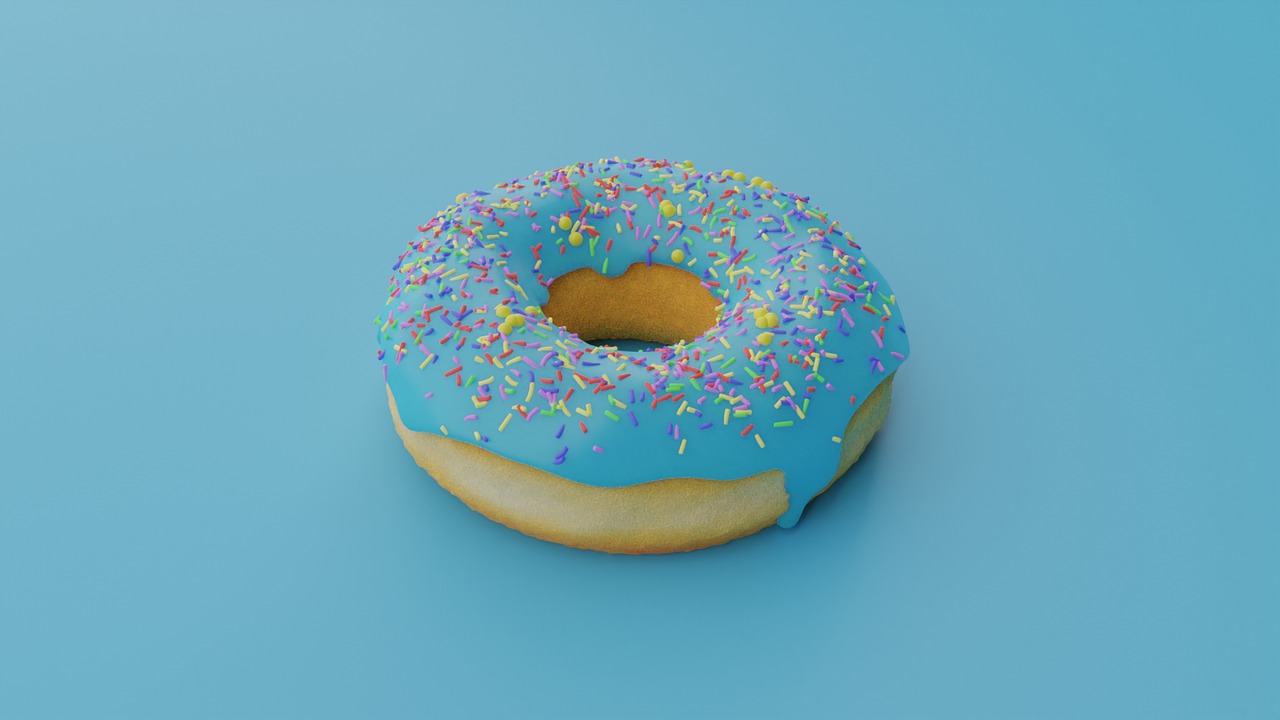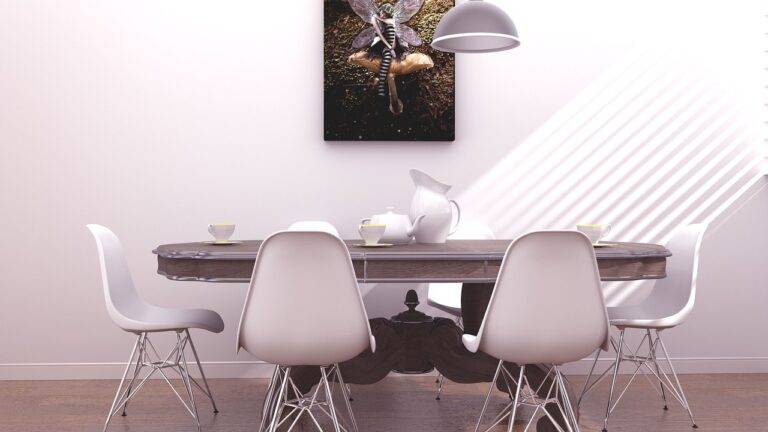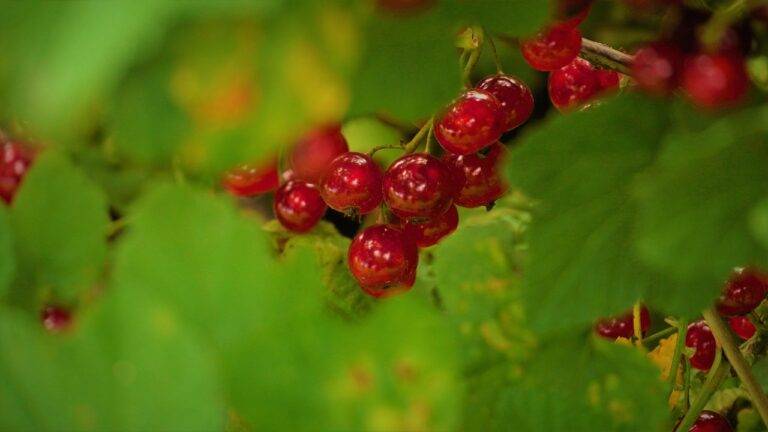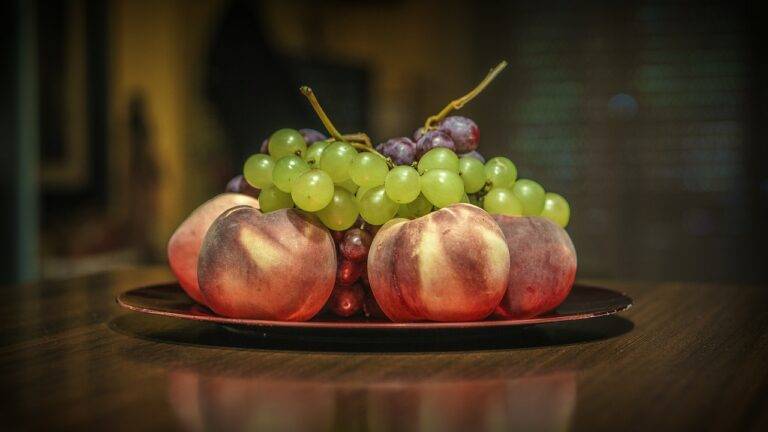The Art of Food Photography: Capturing the Beauty of Culinary Creations.
When selecting a camera for food photography, consider the importance of resolution. Opt for a camera with higher megapixels to capture intricate details and produce sharp images that can easily be edited without losing quality. A higher resolution will also allow for cropping and resizing without compromising the overall clarity of the photo.
Another crucial factor to consider is the type of lens that comes with the camera. For food photography, a lens with a wide aperture, such as f/1.8 or f/2.8, is recommended. This will enable you to achieve a shallow depth of field, creating a blurred background effect that draws attention to the main subject—your delicious food creations. Additionally, a macro lens is ideal for capturing close-up shots of intricate textures and details in your dishes.
Understanding Lighting Techniques for Food Photography
When it comes to mastering the art of food photography, understanding lighting techniques is essential. Proper lighting can make or break a food photo, as it plays a crucial role in highlighting textures, colors, and details of the food.
Natural light is often preferred by many food photographers as it provides a soft and flattering glow to the food. Positioning the food near a window or shooting outdoors during the golden hours of sunrise or sunset can create stunning effects in your photographs. It is important to experiment with different angles and directions of light to find the most flattering illumination for your subject.
Why is lighting important in food photography?
Lighting is crucial in food photography because it can make the food look more appetizing and visually appealing. Proper lighting can enhance the colors, textures, and details of the food, making it look more delicious.
What are some common lighting techniques used in food photography?
Some common lighting techniques used in food photography include natural light, artificial light sources like studio lights or flash, diffused light, and backlighting. Each technique can create a different mood and highlight different aspects of the food.
How can I improve my food photography lighting skills?
To improve your food photography lighting skills, practice using different lighting techniques and experiment with angles and positions of the light source. Pay attention to how the light affects the food and adjust accordingly to achieve the desired look.
What are some tips for choosing the right camera for food photography?
When choosing a camera for food photography, consider factors such as resolution, sensor size, low-light performance, and lens compatibility. Look for a camera that allows you to capture high-quality images with good detail and color accuracy.
Can I use natural light for food photography?
Yes, natural light can be a great option for food photography, especially if you have access to a window with soft, diffused light. Natural light can create a beautiful, soft look on the food and is often preferred by many food photographers for its natural and flattering quality.





